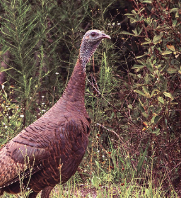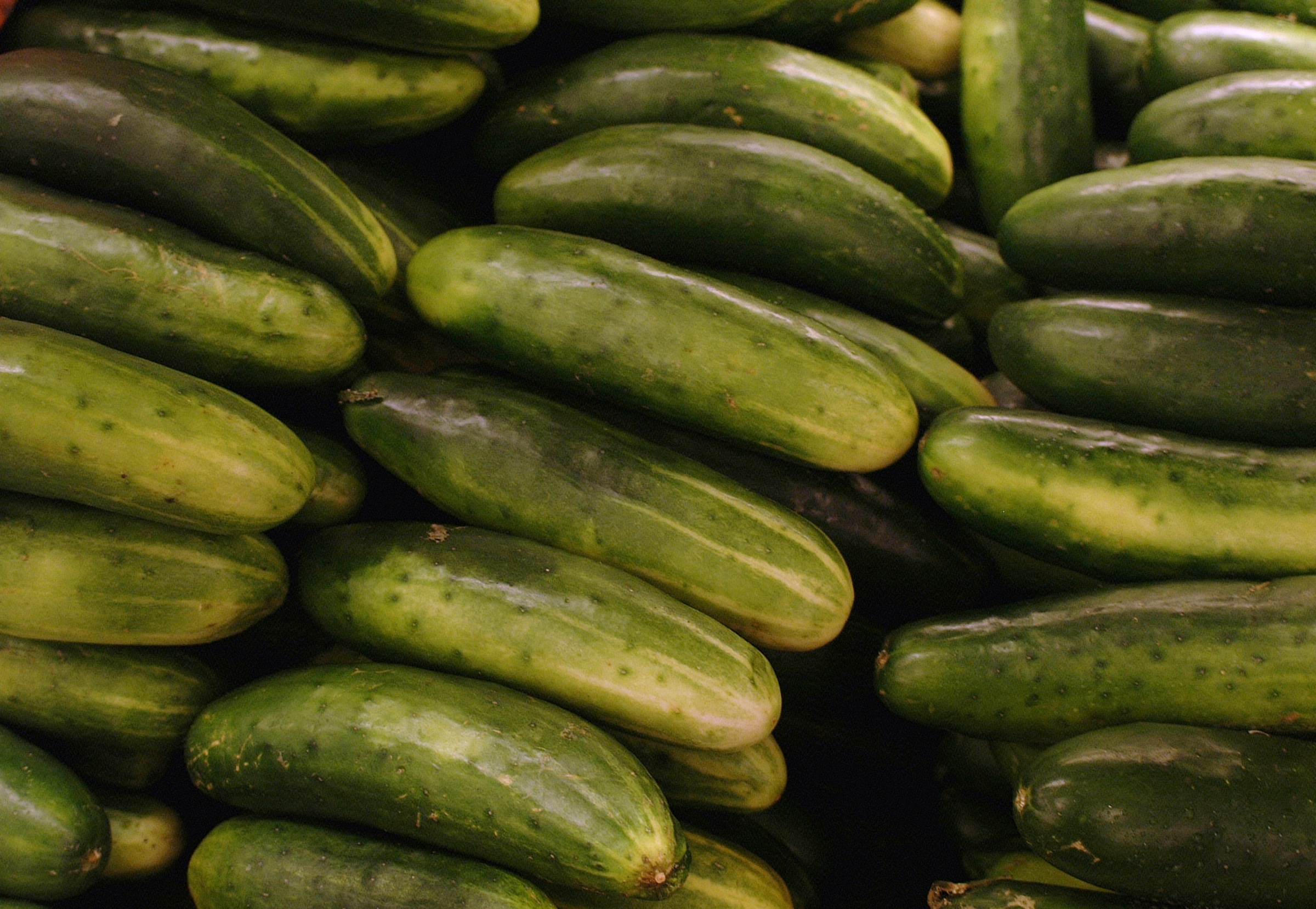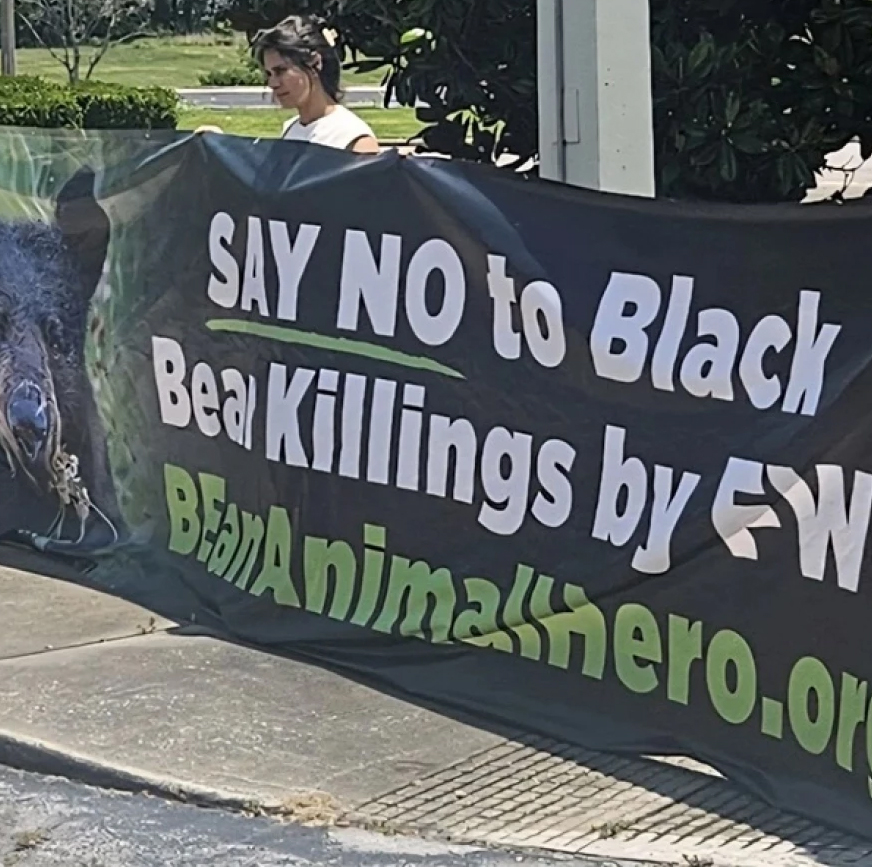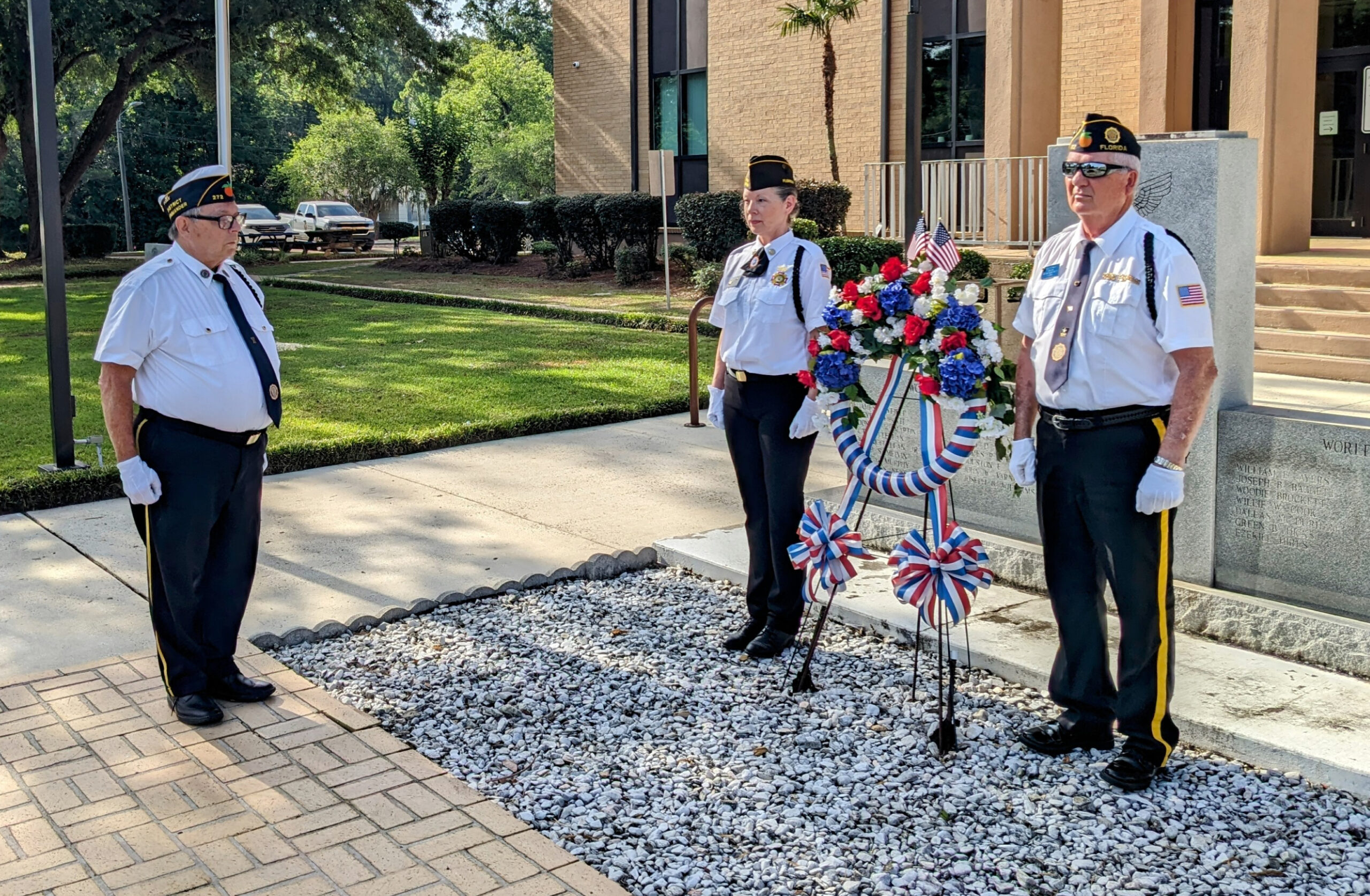41 Indigo snakes brought to ABRP in Bristol
As part of collaboration to bring apex
predator to The Nature Conservancy’s
Apalachicola Bluffs and Ravines Preserve
Forty-one indigo snakes
released in Bristol preserve
from the Nature Conservancy
BRISTOL, FL – In April 2024, 41 young eastern indigo snakes—20 female and 21 male—were released at Apalachicola Bluffs and Ravines Preserve (ABRP), making it the largest release event at the preserve since the program began and bringing the total number of released snakes to 167. These efforts reflect a broader commitment to rehabilitating the longleaf pine ecosystem and reestablishing the eastern indigo snake, a crucial species for maintaining ecological balance. Last year was the first time two hatchlings from two previously released snakes were confirmed to be thriving on the property.
In 2023, the official species recovery program achieved a milestone of conservation success with the observation of two wild-born hatchlings discovered onsite—offspring of the previously released snakes.
ABRP is the only site in Florida currently designated for eastern indigo snake reintroduction. The preserve is a part of TNC’s Center for Conservation Initiatives, a core program that helps advance science; demonstrates best practices; and shapes conservation through education and training, outreach and volunteerism, science and research, innovation and land stewardship.
“We continue our collective dedication to the species recovery effort for the eastern indigo snake as we embark on this eighth year of introductions at TNC’s Apalachicola Bluffs and Ravines Preserve,” said Catherine Ricketts, ABRP preserve manager with The Nature Conservancy in Florida. “Finding the two juvenile indigos onsite last fall is another significant indicator that the 40-plus years of habitat restoration and management work at ABRP is recreating a functional longleaf pine-wiregrass sandhill ecosystem that benefits imperiled species like the indigos.”
The 41 two-year-old snakes released at ABRP were bred and hatched by the Central Florida Zoo & Botanical Gardens’ Orianne Center for Indigo Conservation (OCIC), the world’s foremost conservation organization dedicated to the captive propagation and reintroduction of the eastern indigo snake. The snakes were then raised with help from the Welaka National Fish Hatchery for approximately two years before release.
“As we complete our eighth annual indigo release at ABRP, joy—with a touch of pride—fills my being. It is wonderful to see these young indigos have the opportunity to fill their important role as a lynchpin species in the longleaf pine ecosystem,” said Dr. James E Bogan Jr., director of Central Florida Zoo’s Orianne Center for Indigo Conservation. “With the recent news of the indigo hatchling discovery at ABRP, we can see that our combined efforts are paving the way toward the ultimate goal of a self-sustaining wild indigo population.”
In the past year, numerous eastern indigo snakes from previous releases have been observed at ABRP, including one female released in 2019 and 13 other individuals released between 2020 and 2023.
Along with traditional foot surveys to search for snakes at ABRP, OCIC’s Michelle Hoffman and team use trail cameras at the mouths of tortoise burrows and at intersections of drift fence arrays to detect eastern indigo snakes as they pass by. Trail cameras have taken thousands of photos of eastern indigo snakes in various locations. An automatic PIT (Passive Integrated Transponder) tag reader has detected individuals as they pass through one drift fence array intersection. Ten drift fence arrays were installed in October 2023, bringing the total to 17 drift fence arrays onsite, each equipped with a camera.
“It’s exciting that the indigos are now successfully reproducing on their own,” said Michele Elmore, USFWS recovery biologist for the eastern indigo snake. “It’s a testament to the talent, expertise and commitment by all the partners. With increasing numbers of snakes released over time and successful reproduction, the indigo is gaining momentum to return to the landscape where it belongs.”
Multiple nonprofits, government agencies and academic partners have worked together for decades in commitment to the recovery of eastern indigo snakes in North Florida including: The Nature Conservancy (TNC) in Florida, the Central Florida Zoo & Botanical Gardens’ Orianne Center for Indigo Conservation (OCIC), the Florida Fish and Wildlife Conservation Commission (FWC), U.S. Fish and Wildlife Service (USFWS), Welaka National Fish Hatchery, The Orianne Society, Joseph W. Jones Ecological Research Center, Southern Company through the National Fish and Wildlife Foundation (NFWF) and the Fish & Wildlife Foundation of Florida. Together, these partners have worked tirelessly to achieve these crucial conservation milestones.
“The future is very bright for indigo snakes at Apalachicola Bluffs and Ravines Preserve,” said Brad O’Hanlon, reptile and amphibian conservation coordinator for the Florida Fish and Wildlife Conservation Commission. “This project continues to be one of the gold standard conservation projects in Florida, and we are grateful for the many partnerships that contribute to our mission, values and shared goals.”
Eastern indigo snakes were historically found in southern Georgia, Alabama, eastern Mississippi and throughout Florida, though their range is now far more restricted. Largely eliminated from northern Florida due to habitat loss and fragmentation, eastern indigo snakes were last observed at ABRP in 1982, until the species recovery effort began in 2017 and our first hatchlings were discovered in 2023.
The Nature Conservancy is a global conservation organization dedicated to conserving the lands and waters on which all life depends. Guided by science, we create innovative, on-the-ground solutions to our world’s toughest challenges so that nature and people can thrive together. We are tackling climate change, conserving lands, waters and oceans at an unprecedented scale, providing food and water sustainably and helping make cities more sustainable. Working in more than 70 countries and territories, we use a collaborative approach that engages local communities, governments, the private sector, and other partners. To learn more, visit nature.org.
Views: 264








